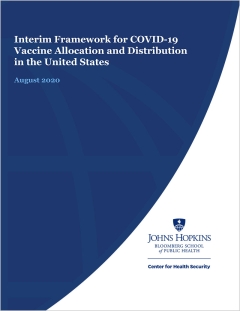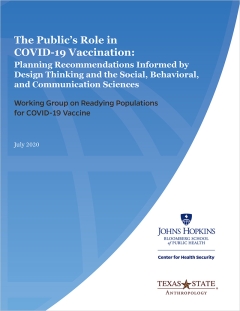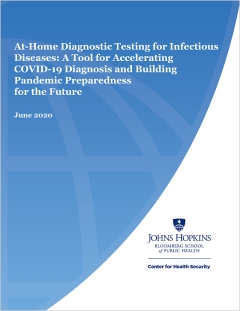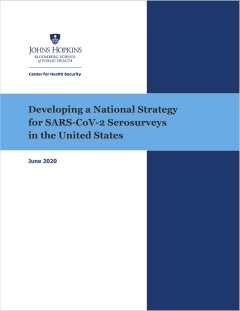The world's attention has been drawn to the pace and progress of severe acute respiratory syndrome coronavirus 2 (SARS-CoV-2) research, as scientists around the world race to better understand the virus and develop therapies and vaccines. While the fruits of this research cannot come soon enough, progress would not be possible were it not for profound advances in biotechnology in the past decade. The progress extends far beyond medical interventions and research tools, it also encompasses advances in agriculture, biological replacements for petroleum chemistry, and a myriad of novel biological products—from spider silk to laboratory grown meats to organic construction materials.1-3 These myriad endeavors and innovations are part of the “bioeconomy,” which is defined as the economic activity that comes from bio-based feedstock (such as agricultural and forestry biomass), products or materials (like biofuels and chemicals), and processes that contribute sustainable solutions to resolving issues in areas such as food, energy, health, and the environment.4,5,6 Strategies for developing and supporting national bioeconomies encompass diverse fields, including energy, agriculture, medicine, manufacturing, industrial chemistry, pharmaceuticals, and defense.






